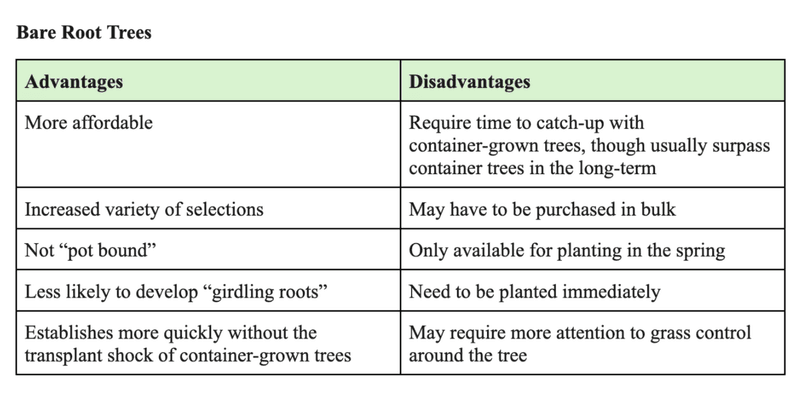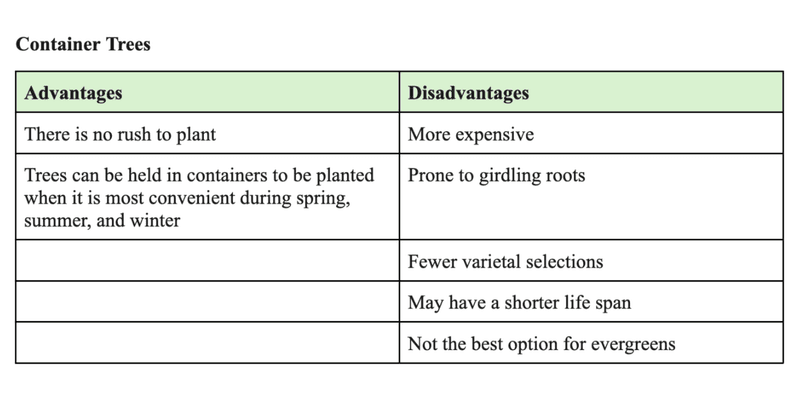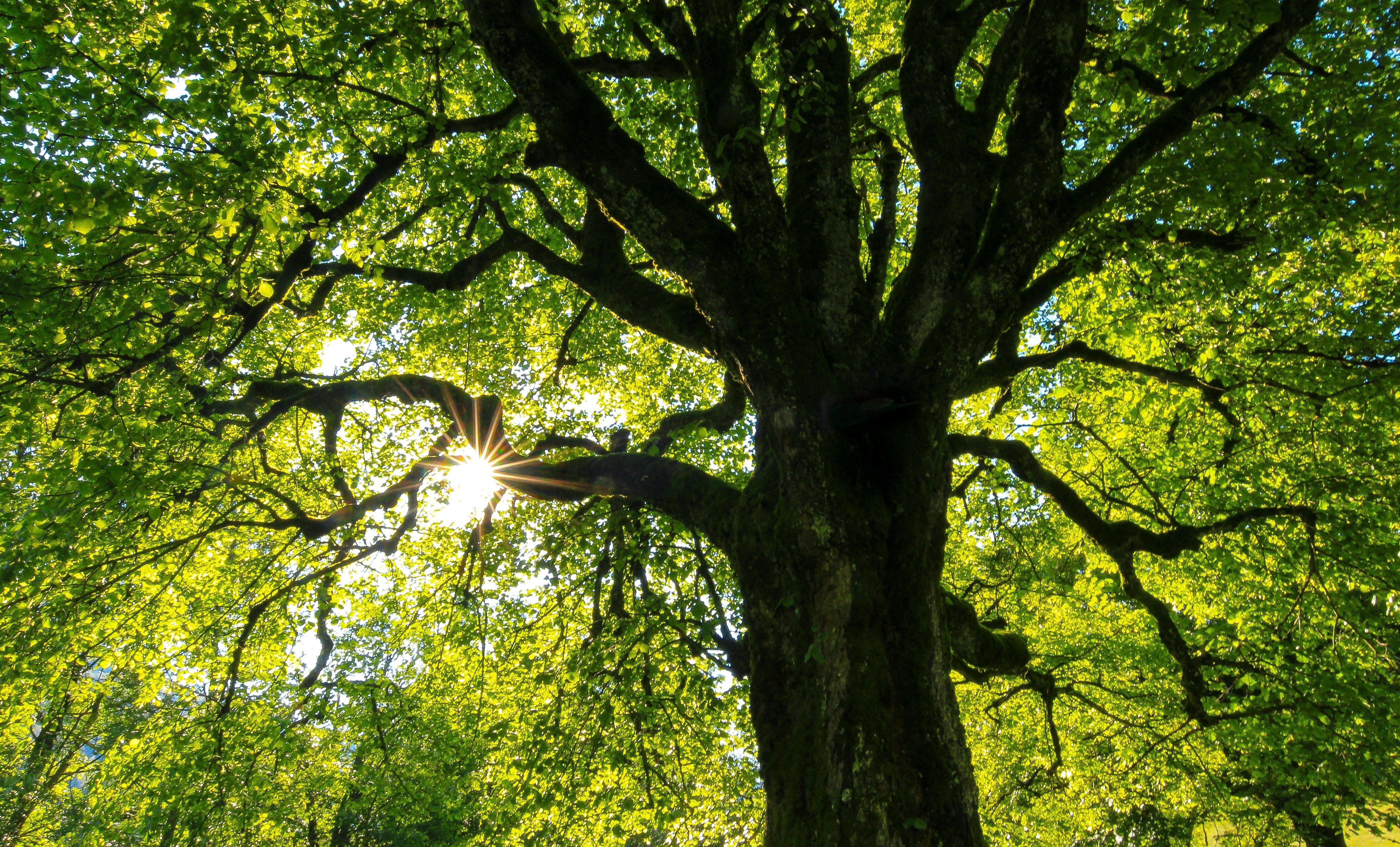Let The Trees of the Forest Sing for Joy
By Rev. Tim Olsen

“Let the heavens rejoice, let the earth be glad;
let the sea resound, and all that is in it.
Let the fields be jubilant, and everything in them;
let all the trees of the forest sing for joy.”
-Psalm 96:11-12 NIV
Samuel Mohnkern of Petersburg, PA signs his emails as an Arborist & Horticulturist and the Owner of Restoration Landcare. His Facebook page describes the mission of this business as, “A fully insured company specializing in ecological restoration, landscape design, and tree services. Restoring environmental health to the earth as we restore wholeness in our communities, personal lives, and natural resources.”
Sam’s deep Church of the Nazarene roots sustain his commitment to creation care through the practice of ecological restoration. Growing up in rural Pennsylvania as one of eight children in the home of Nazarene pastor parents, he was introduced to the wonders of God’s creation from an early age. He carried his love of nature with him to Eastern Nazarene College. After graduating with a degree in psychology and classwork in Religion, he worked for three years with AmeriCorps.
Sam returned to Eastern Nazarene College first as the Assistant Manager of Grounds and then later became the Head of Grounds and Director of the Babcock Arboretum. According to Sam, it was during this time that he honed his plant design, ecological restoration, and arboriculture skills.
In 2020, Sam launched his business:Restoration Landcare. Beginning as primarily a tree service business, he has expanded his outreach to include ecological restoration projects throughout New England and Pennsylvania. Sam says that he shares his work time with his two young daughters, describing his time with his children as interacting with God’s creation on a variety of levels as we explore.”
Below, Sam provides expert advice on the selection, planting, and care of trees for both residential and church properties.
Criteria for selecting a tree for a residential property or church campus:
- Plant trees that are adaptive to the local climate. In hilly regions, frost days can differ between the top of a hill or in the valley. This is especially important when planting fruit trees with varied spring blooming times. Refer to the recent USDA Hardiness Zone map.
- Consider if trees will be planted in full sun or have some degree of shade. Some trees flourish in full sun while others languish, and vice versa.
- Soil moisture types–whether dry, wet, or medium–will influence tree selection decisions.
Bare Root or Container? – Taking the Long View
Often, trees from a nursery or big box store are sold in containers. But bare root trees may be an option. To maintain hydration, the roots of these trees are surrounded by moist wood shavings/chips or other moisture-retaining materials. Arborists like Sam, and others who make a living off trees, say that in general, bare root trees will outperform container-grown trees.


Mulching to Suppress Weeds and Conserve Moisture:
Sam prefers using a living mulch of low-profile growing plants around trees, particularly fruit trees. Another favorite Sam suggests is leaf mulch. He also uses wood chips.
Caring for a Tree for the Year of Planting and Beyond:
- Sam points out that new trees have several vulnerable stages of growth. Depending on the size of the tree, drought and harsh winter weather can stress or even kill a tree.
- A new tree does not have an established root system, so maintaining moist (not wet) soil during warm days is critical to survival.
- Sam encourages the finger test to determine when to water. He says to press an index finger into the soil. If it feels dry to the touch, add two gallons of water.
- To make nutrients available to young tree roots, Sam advises surrounding the base of the tree out to the dripline with a layer of leaf mulch. Remembering to keep the mulch below the root flare of the tree, additional mulch can be added in northern climates to insulate young roots from damage caused by deeply frozen soil.
- Shaping trees at an early age by pruning is essential to the long-term health, vigor, and enjoyment of trees as they grow. Fruit trees need annual pruning for peak production. In addition to consulting online pruning resources, contacting an arborist like Sam to prune trees is a sound investment.
Words of Wisdom from Sam:
“Though we all want to see and share in the beauty of mature trees and strong ecosystems, we are reminded that our planting is not for ourselves. To be kingdom-minded, we assume our roles as co-creators with God. When planting trees, we need to be thinking about how the choices we make now impact the generations to come. Our planting of trees is not for us to enjoy, but rather for those who come after us.” – Sam Mohnkern.
Useful Tree Selection, Planting & Care Resources:
- American Forests: “How to Choose & Plant a Tree”
- Penn State Extension Urban Forestry: “Tree Selection and planting”
“Happy are those who do not follow the advice of the wicked, or take the path that sinners tread, or sit in the seat of the scoffers; but their delight is in the law of the LORD, and on his law the meditate day and night. They are like trees planted by the streams of water, which yield their fruit in its season, and their leaves will never wither.” – Psalm 1:1-3a, NRSV








